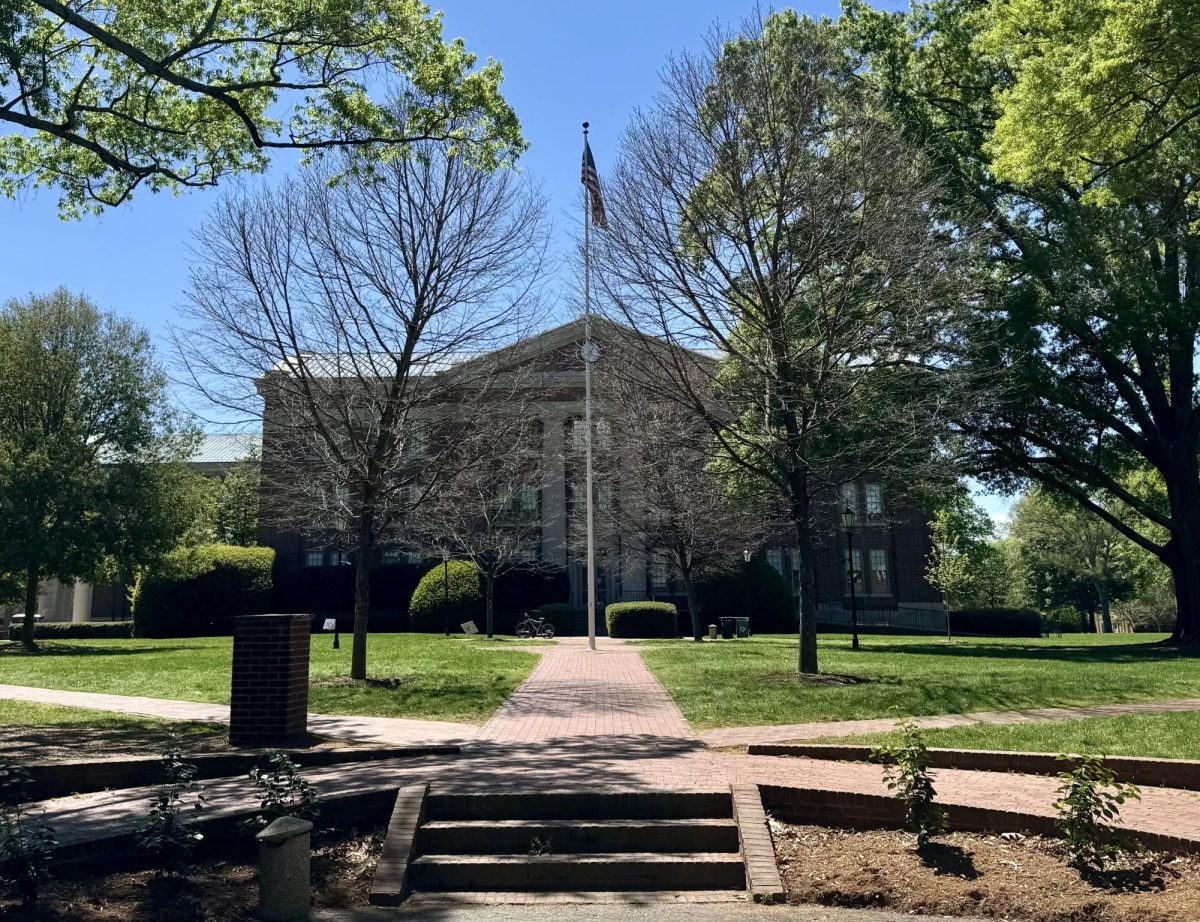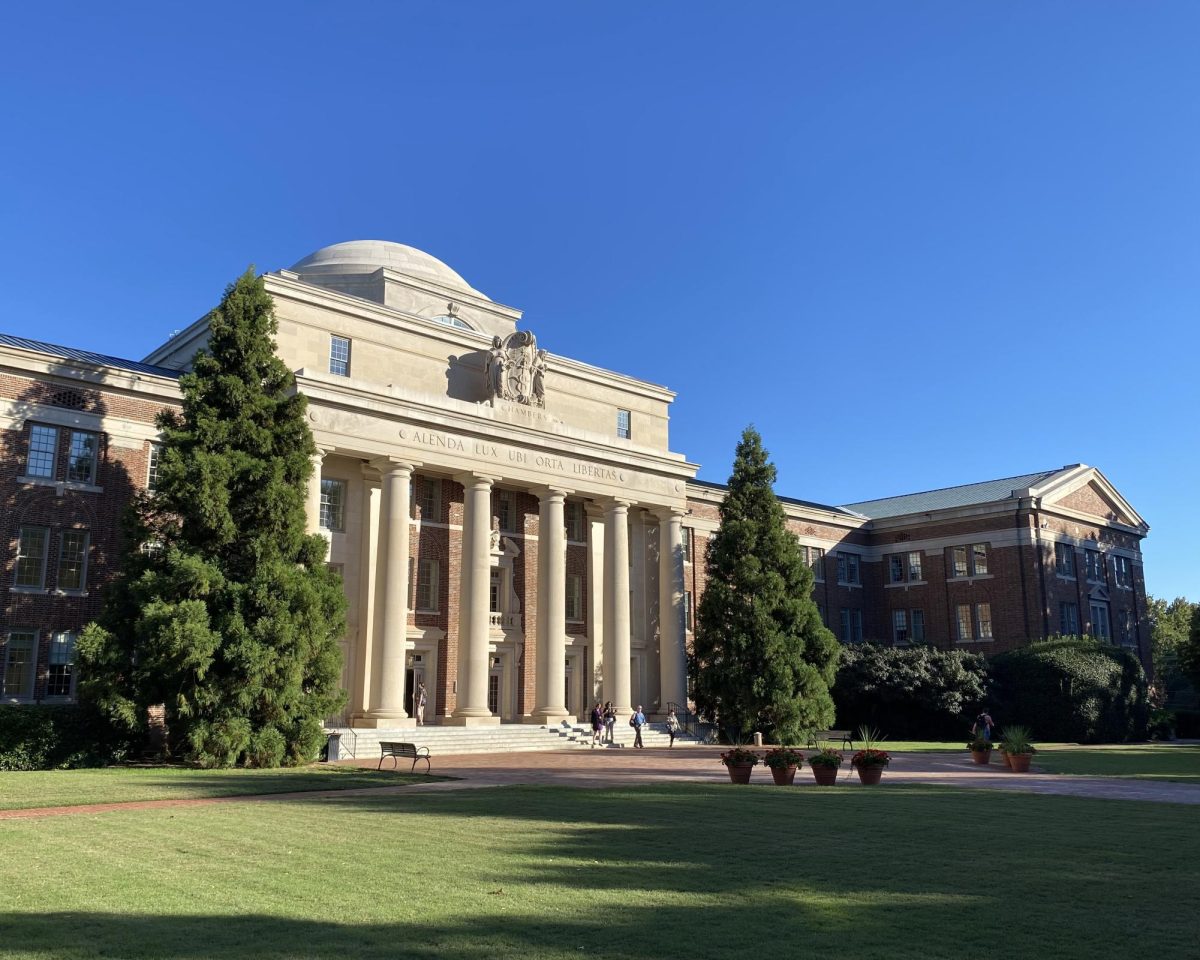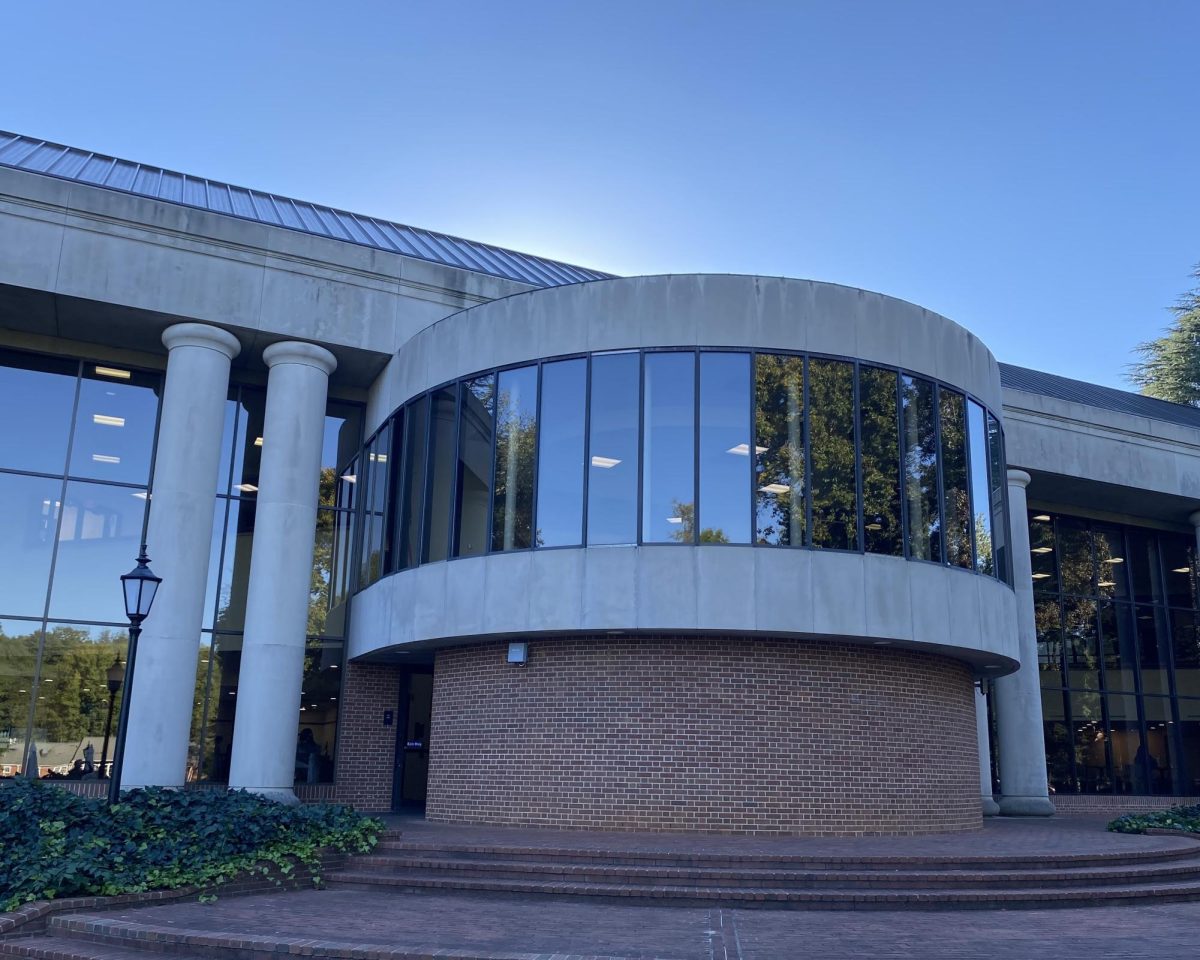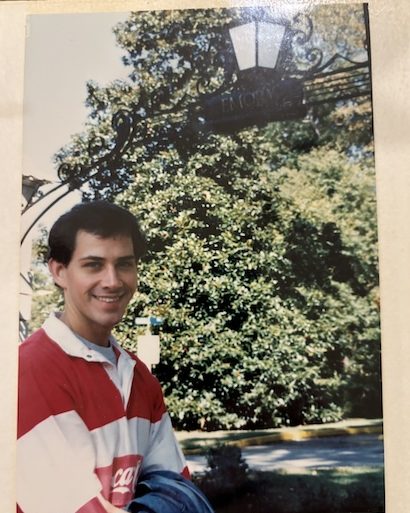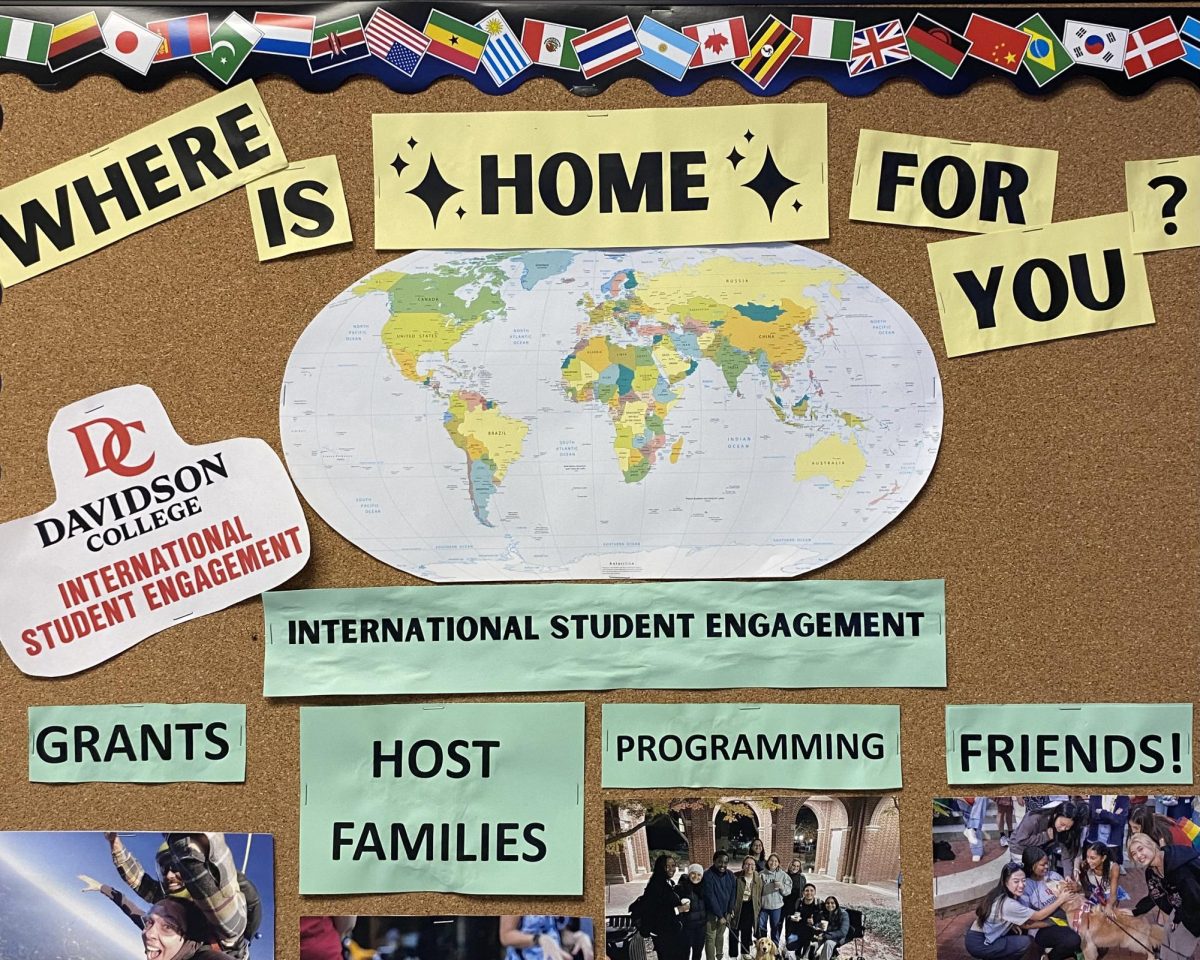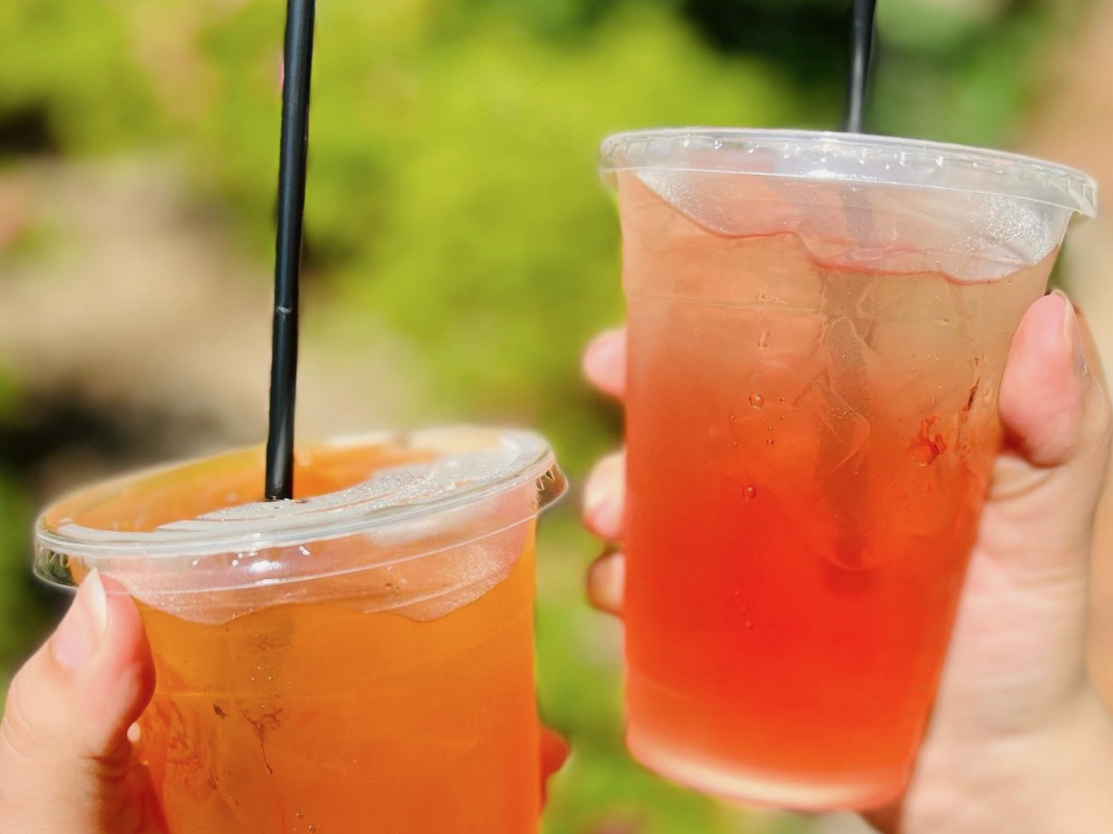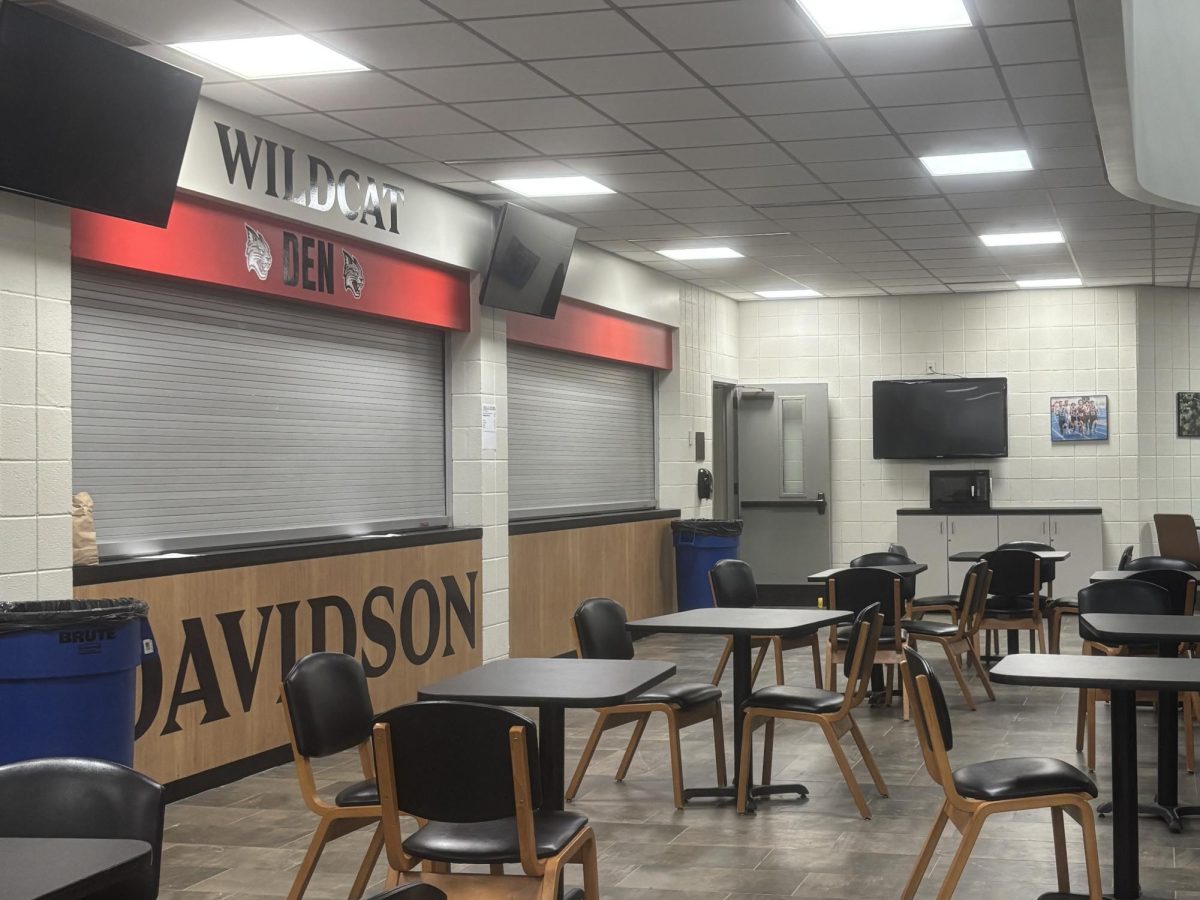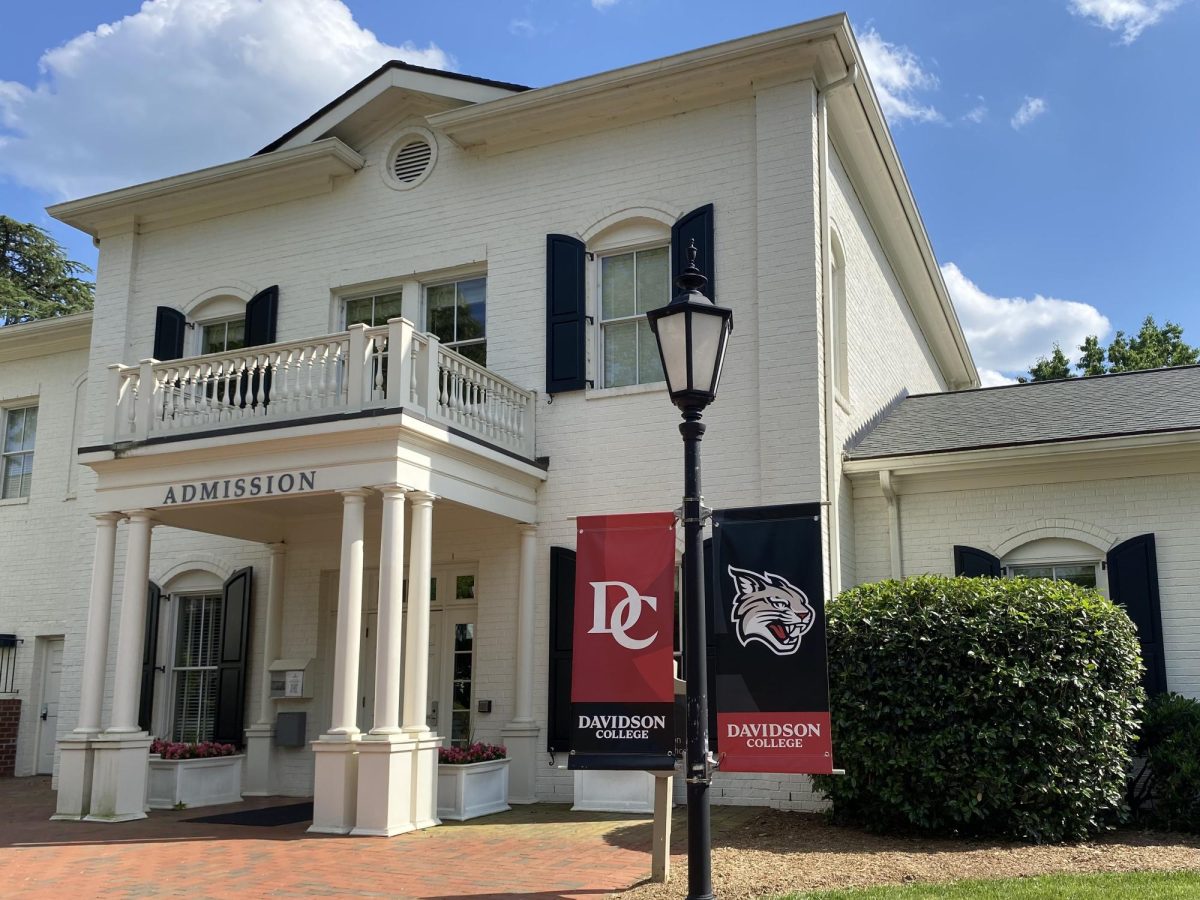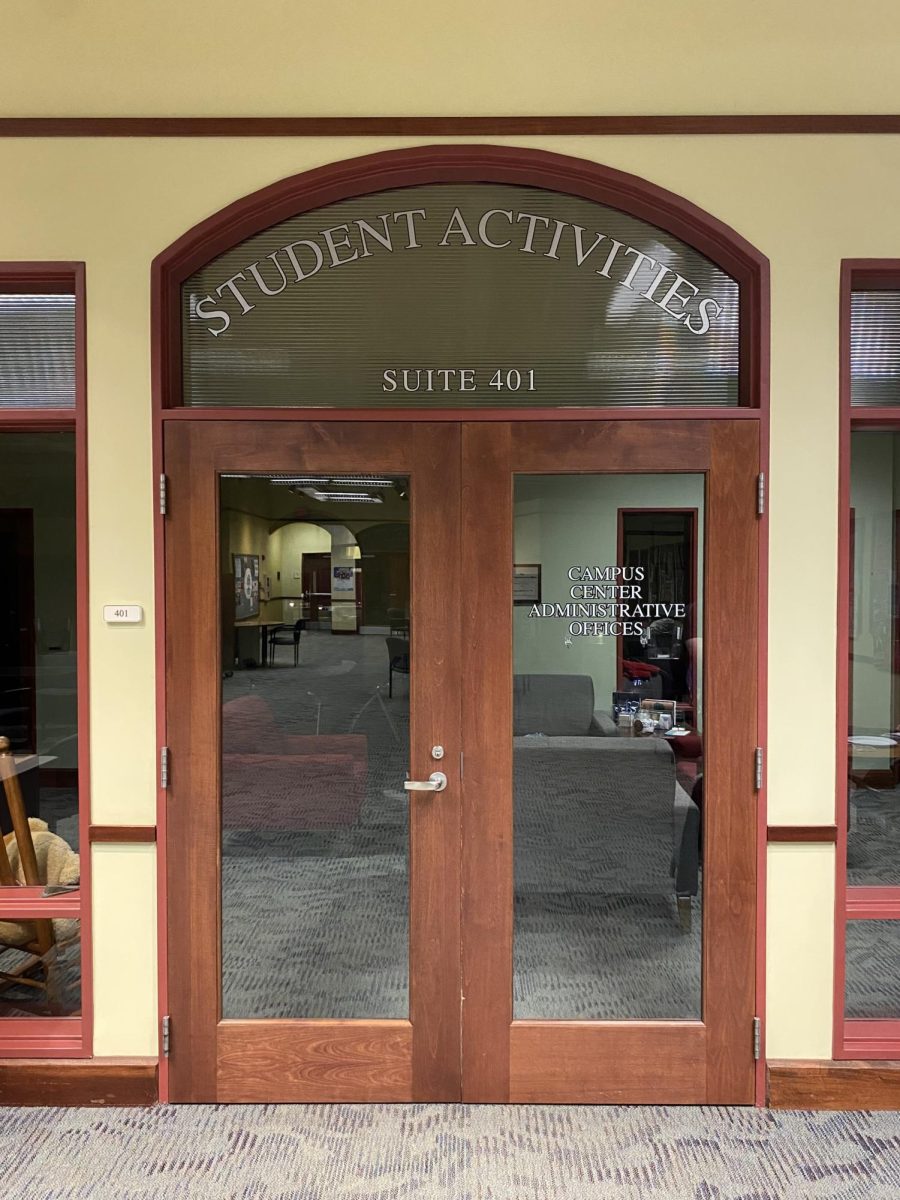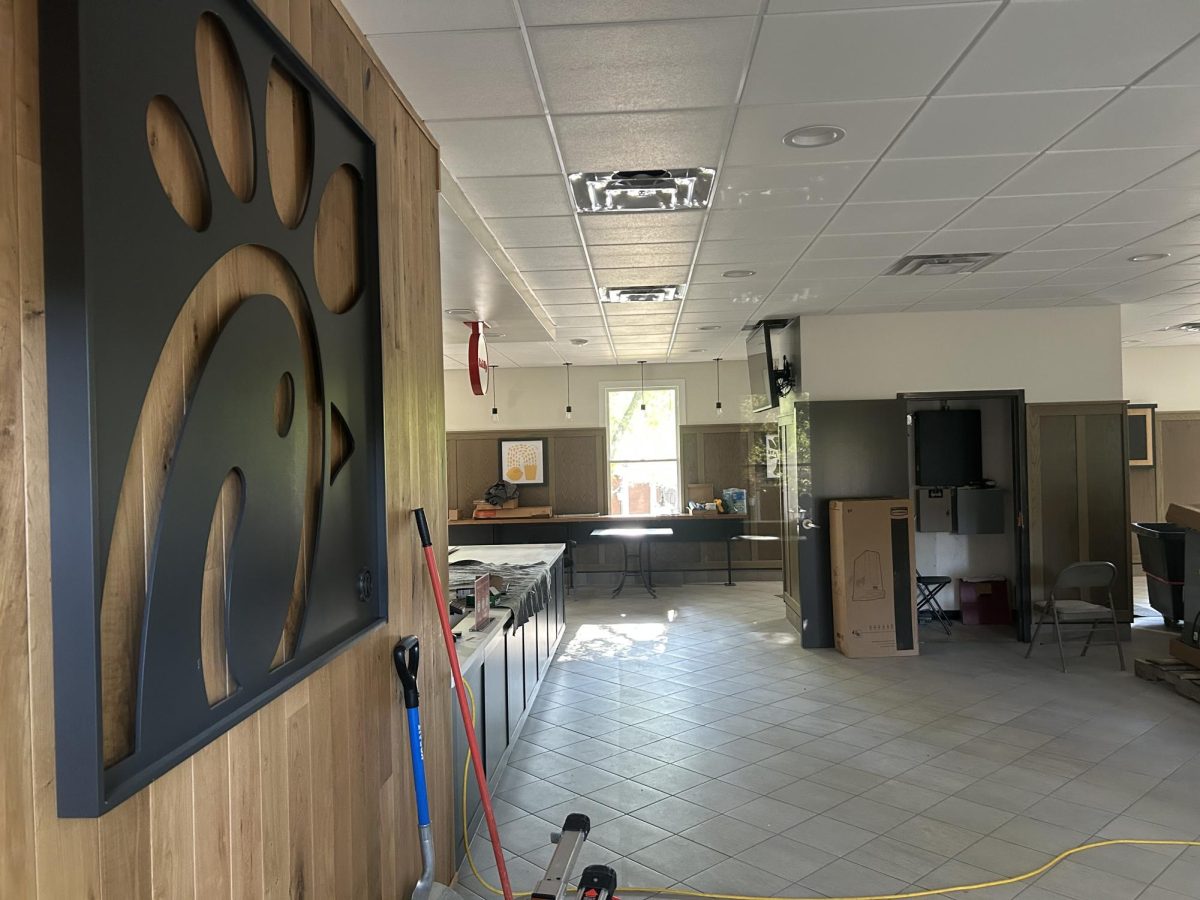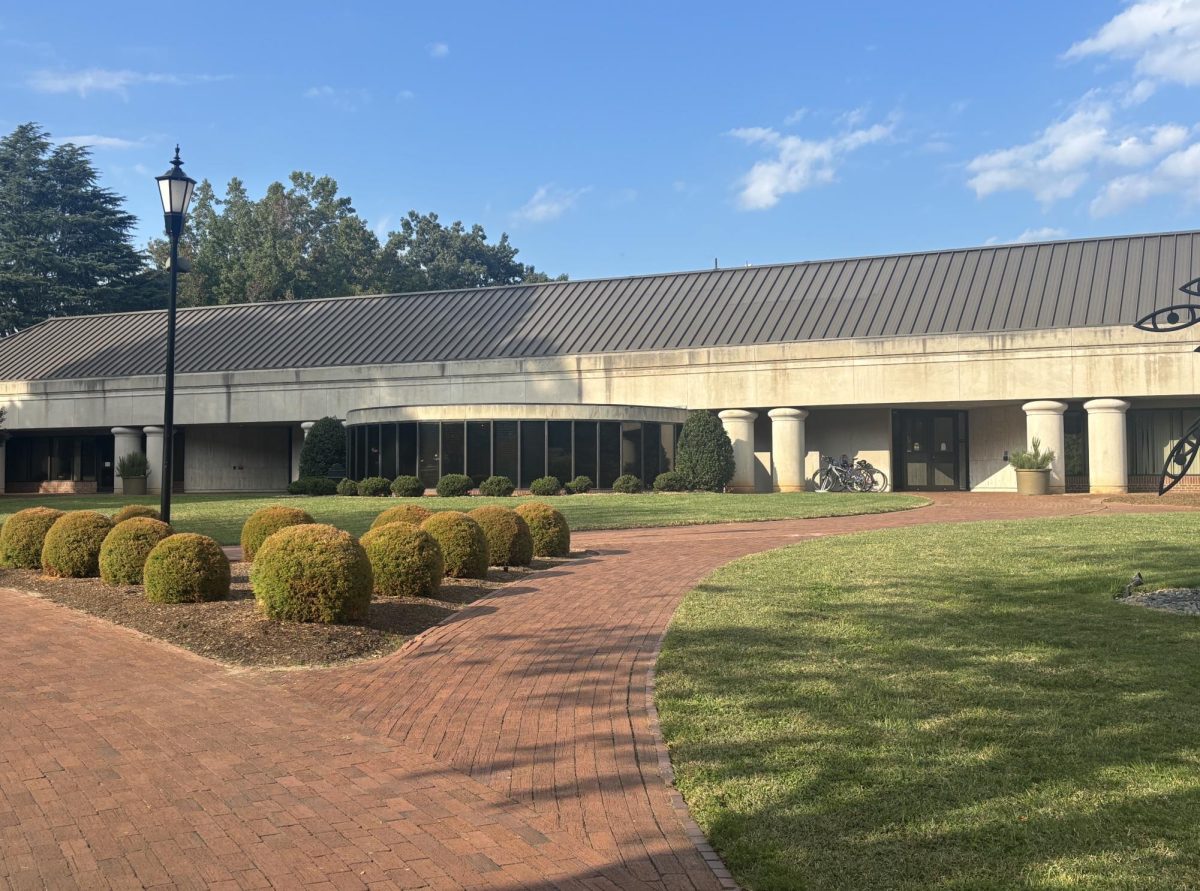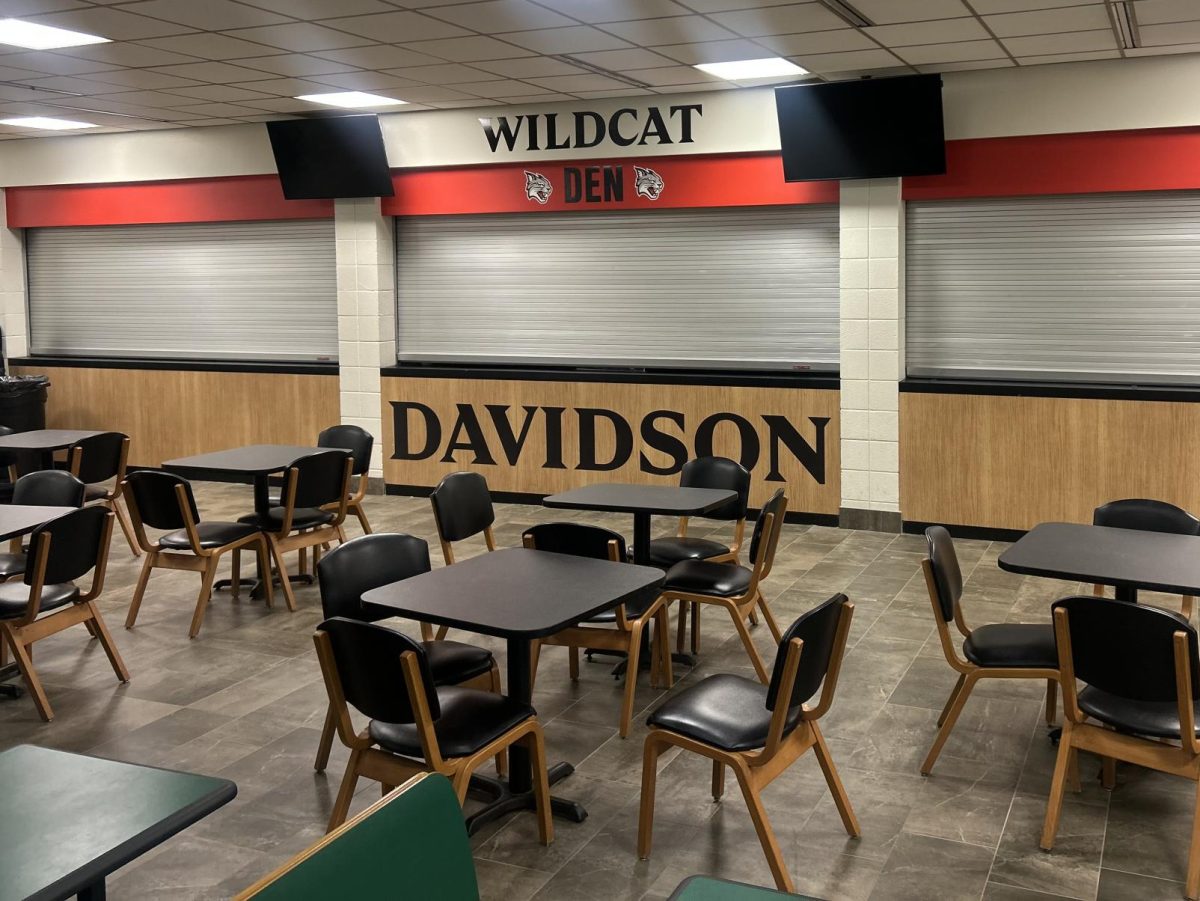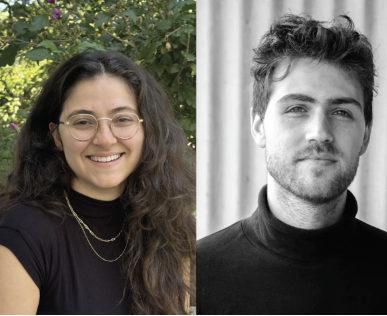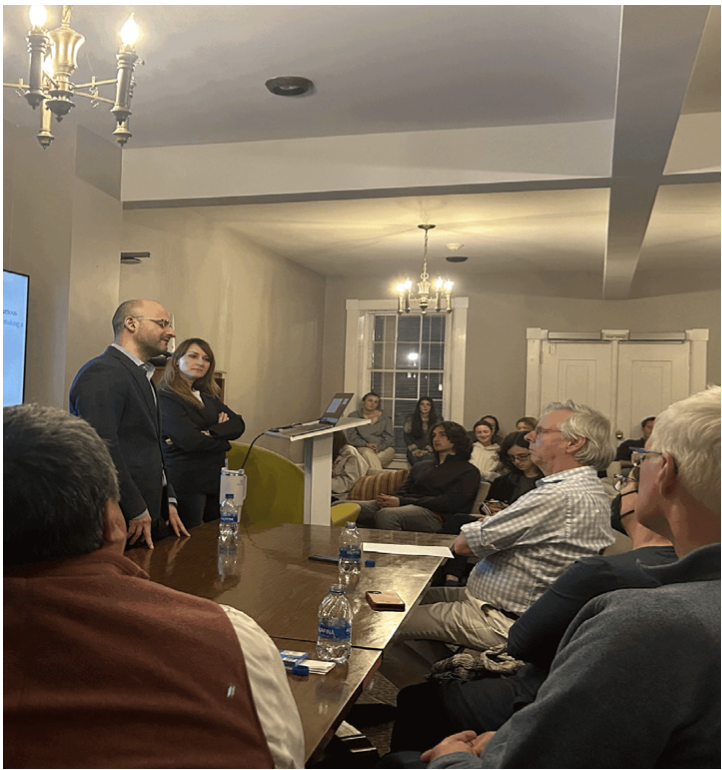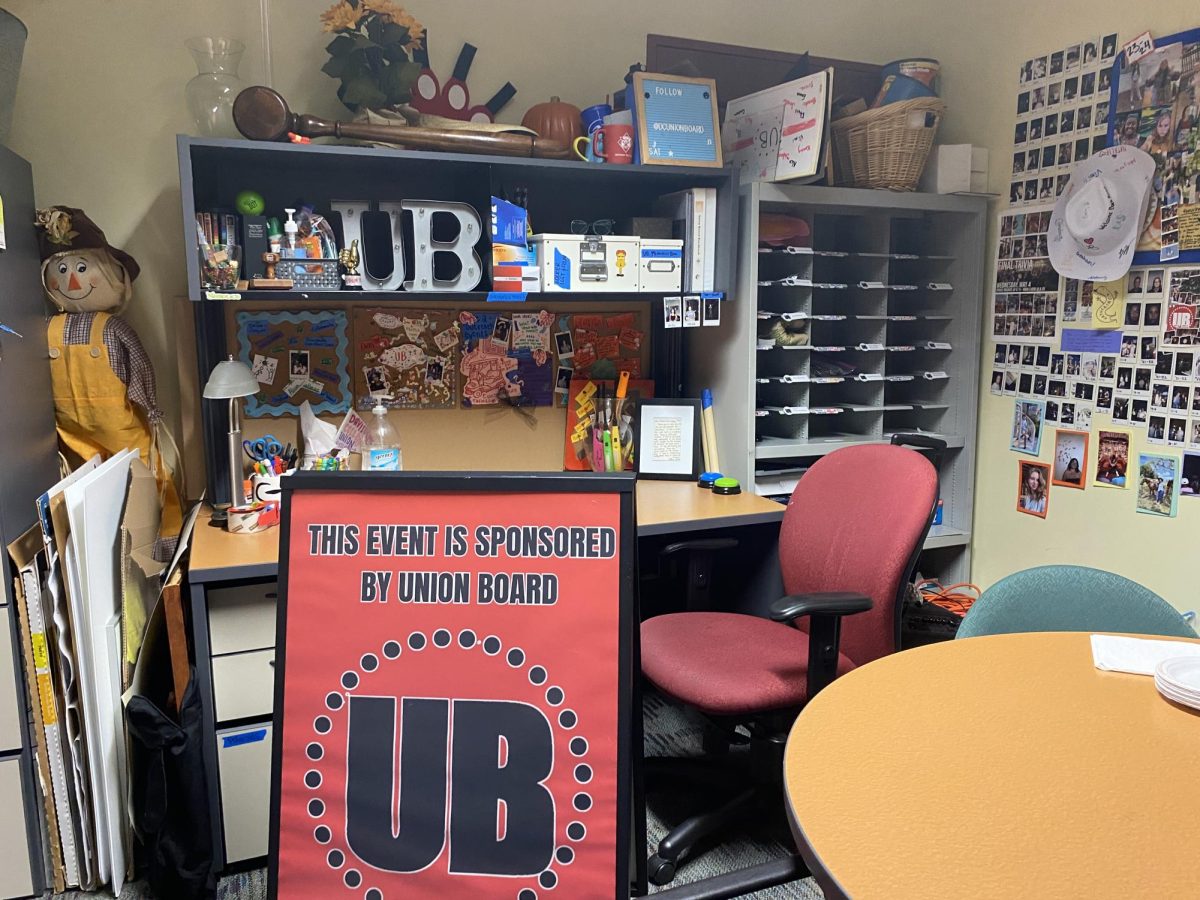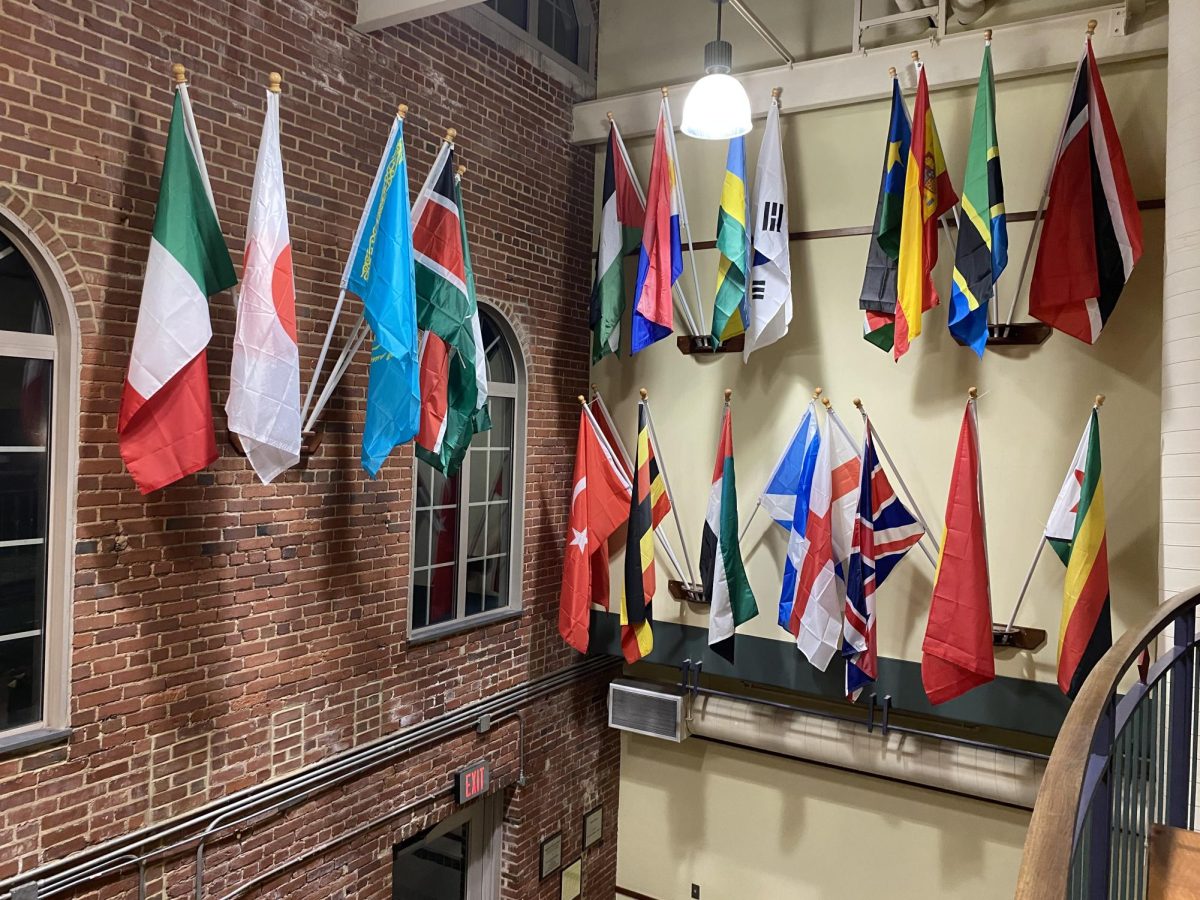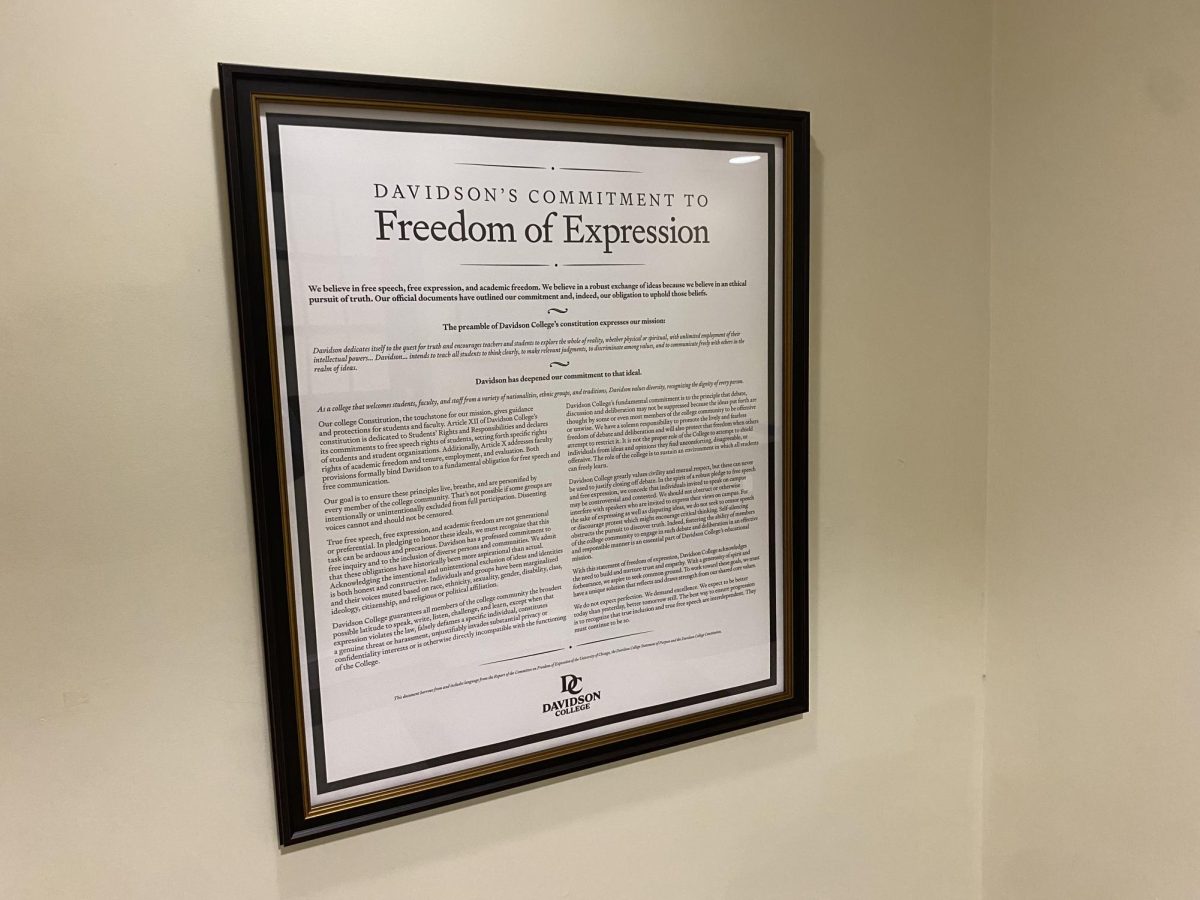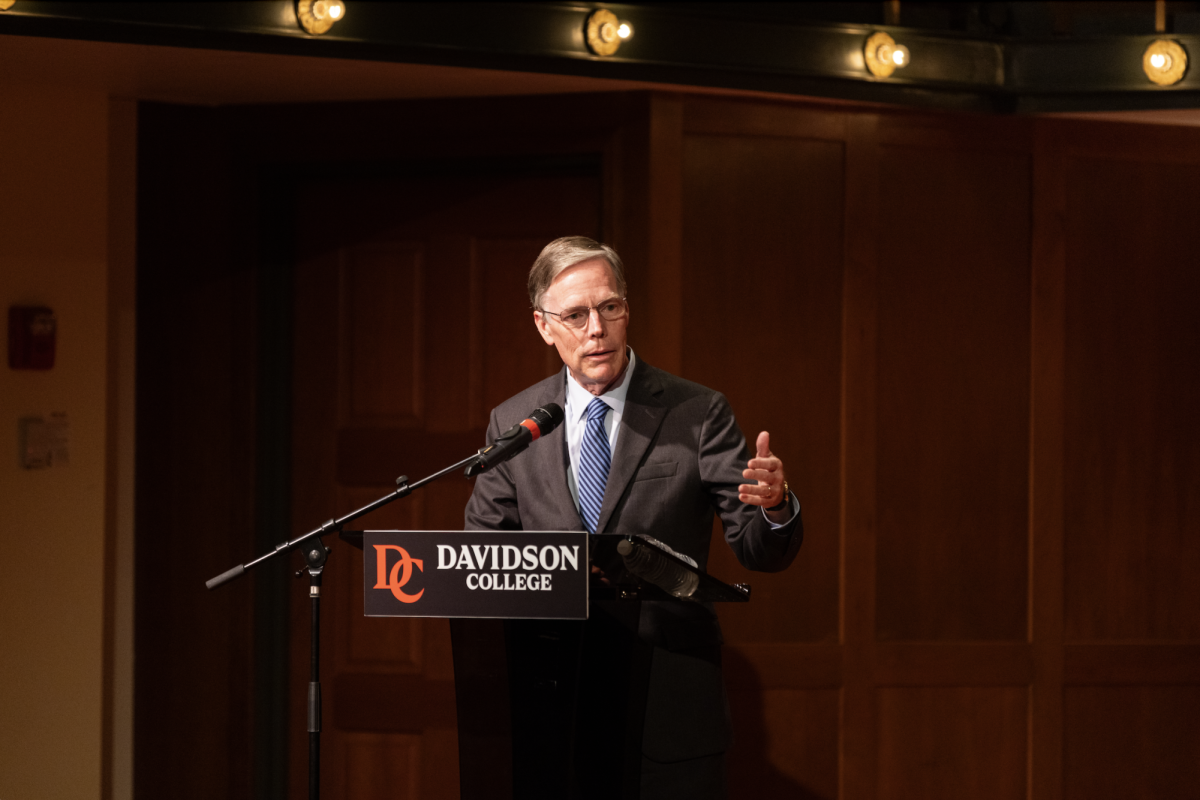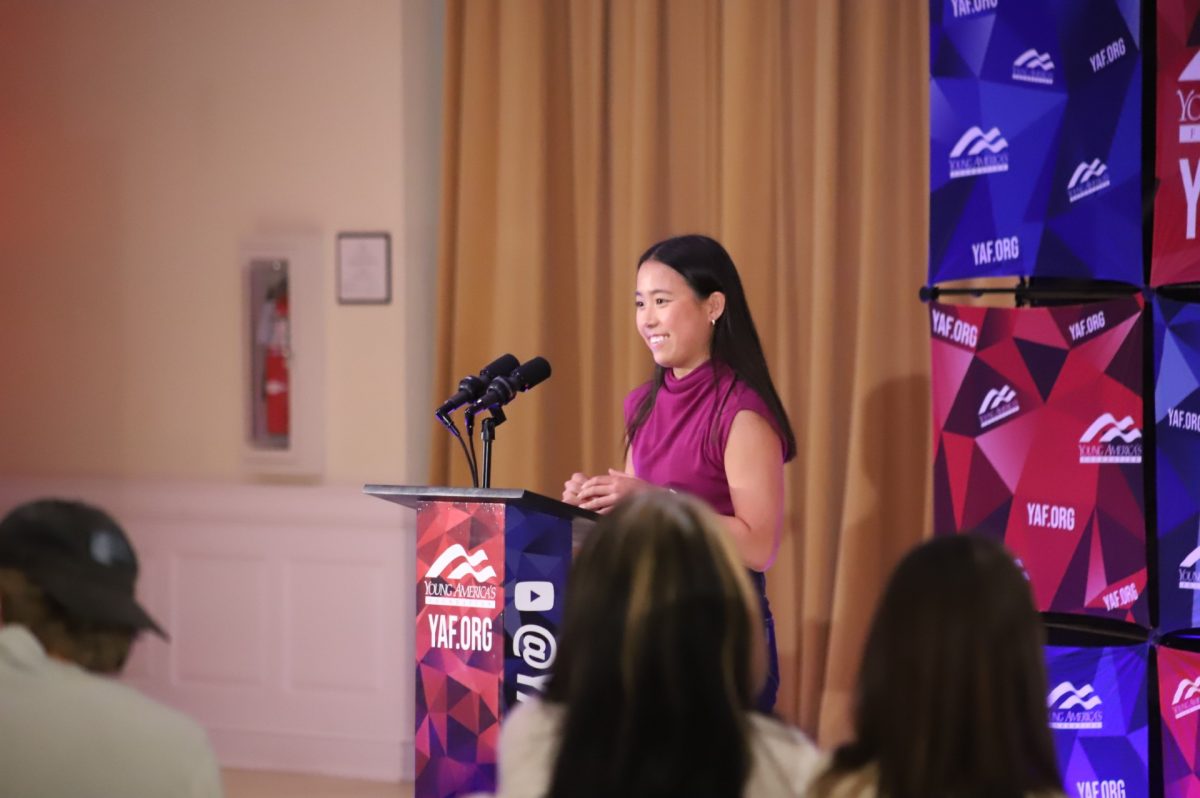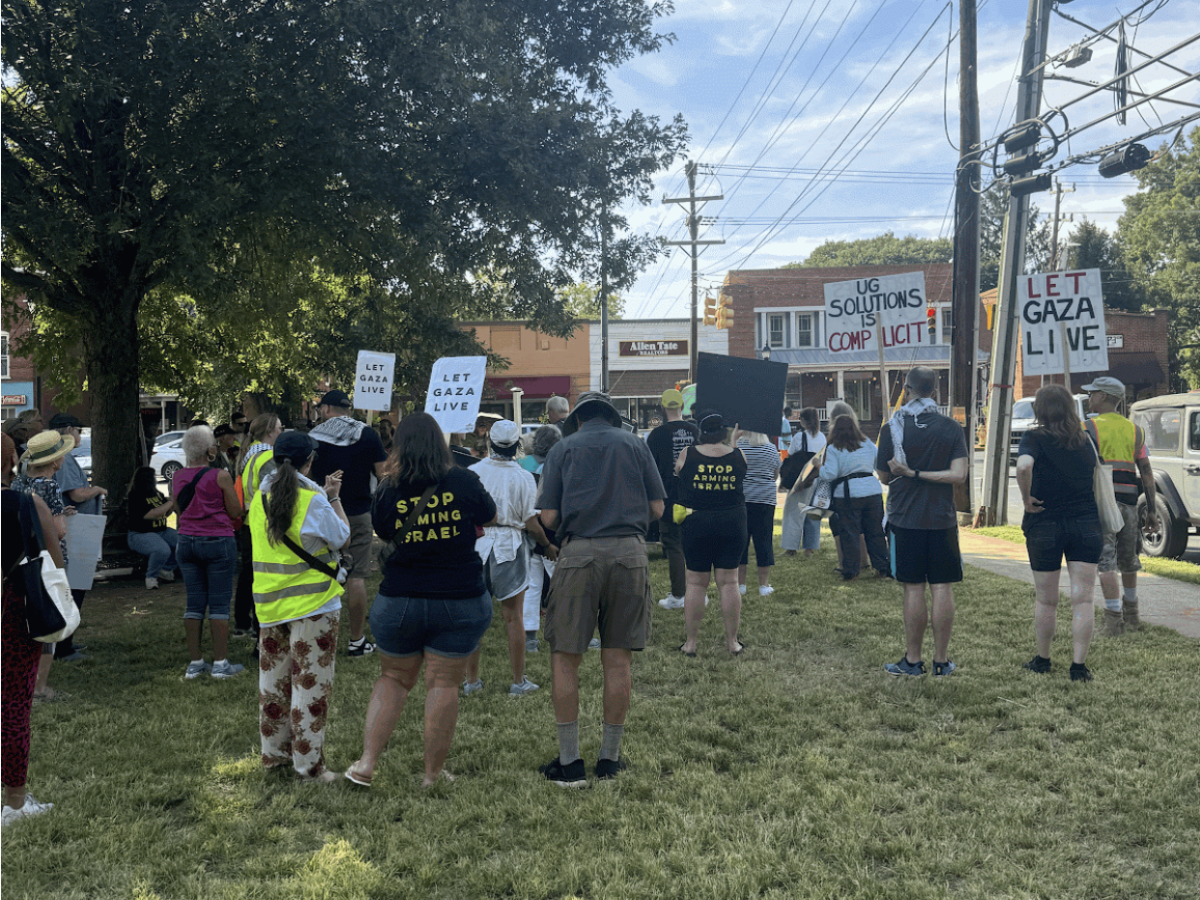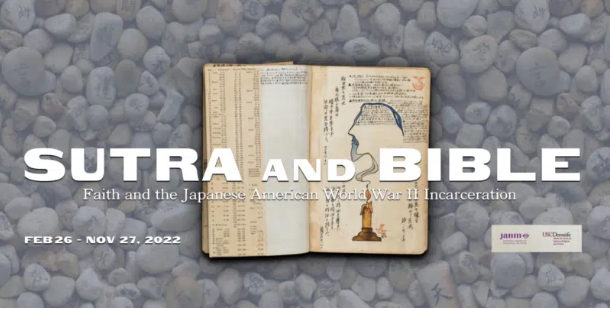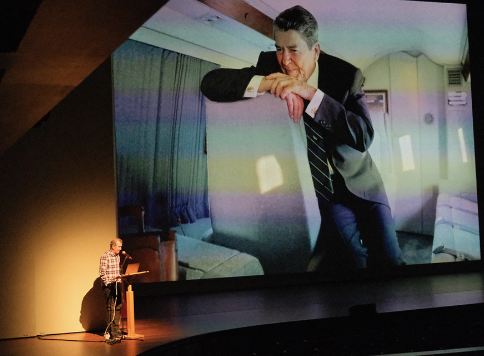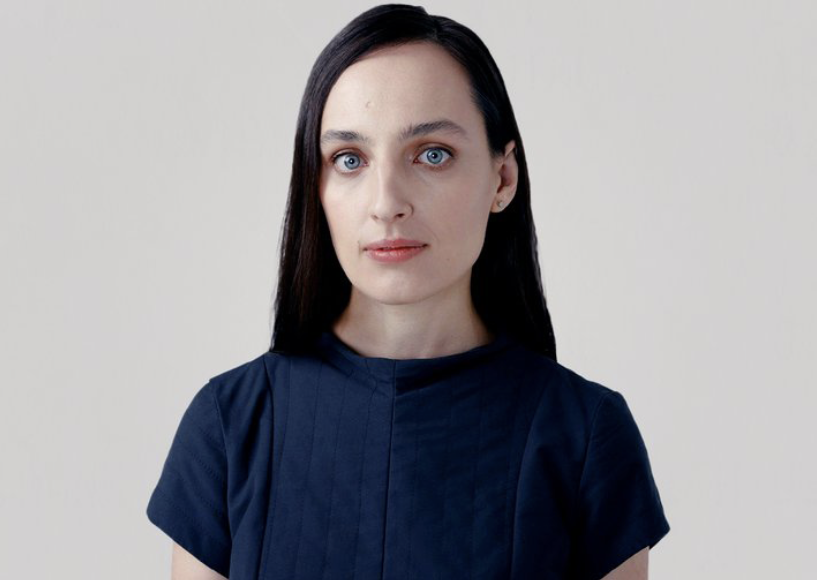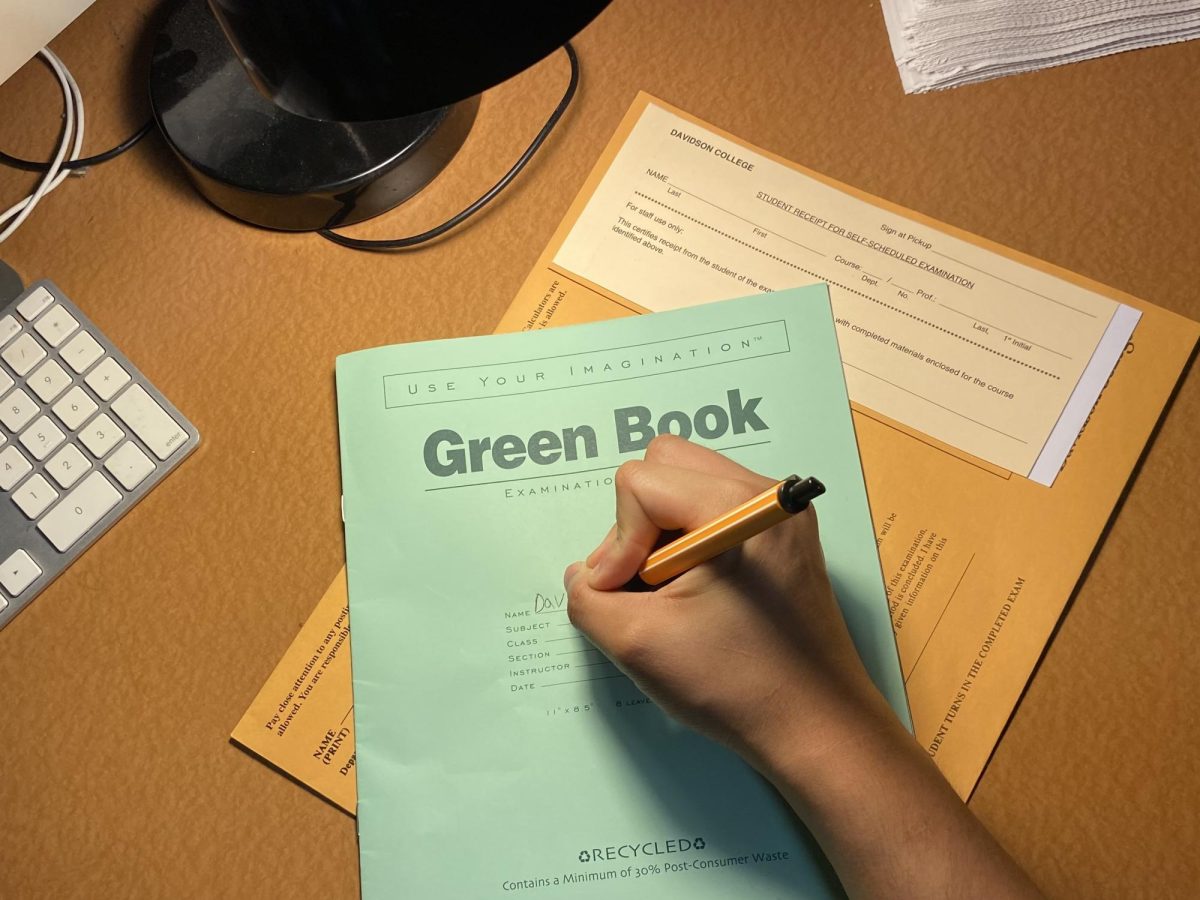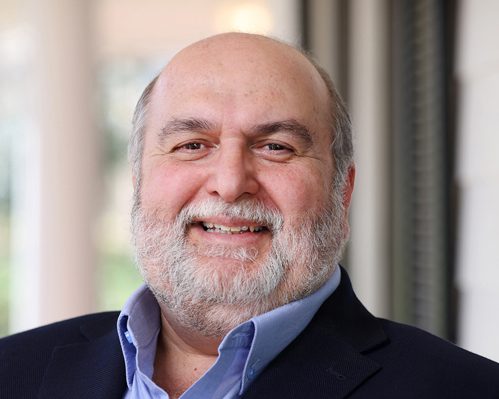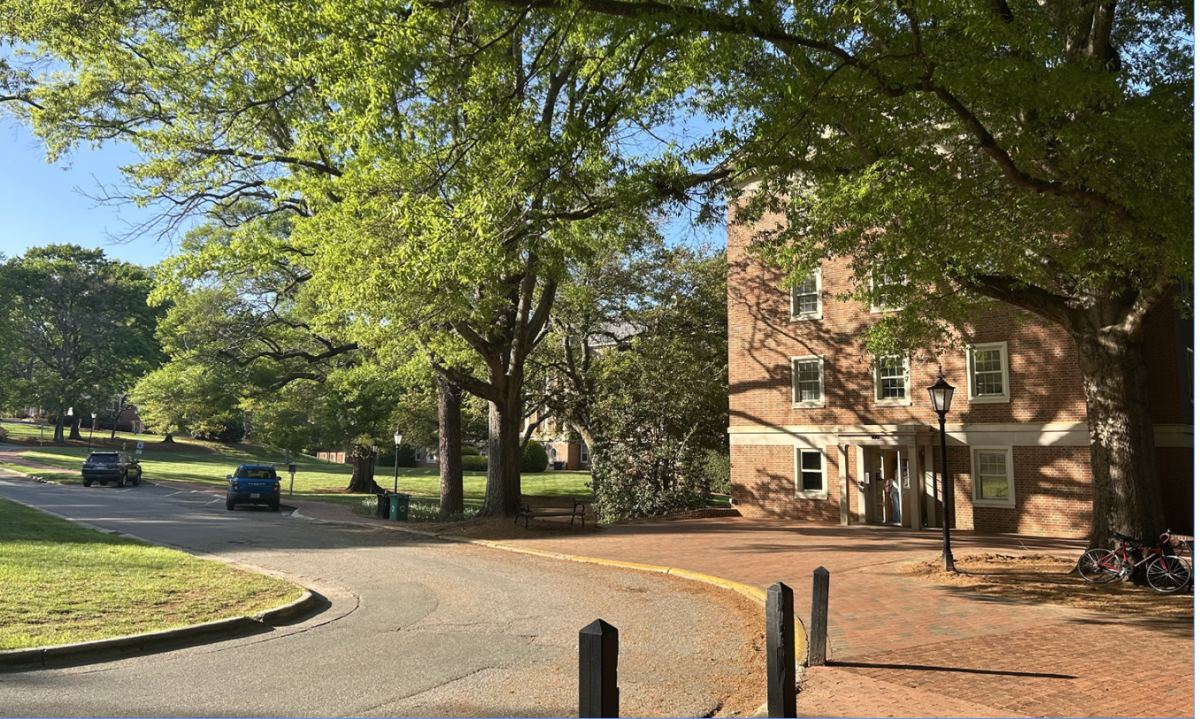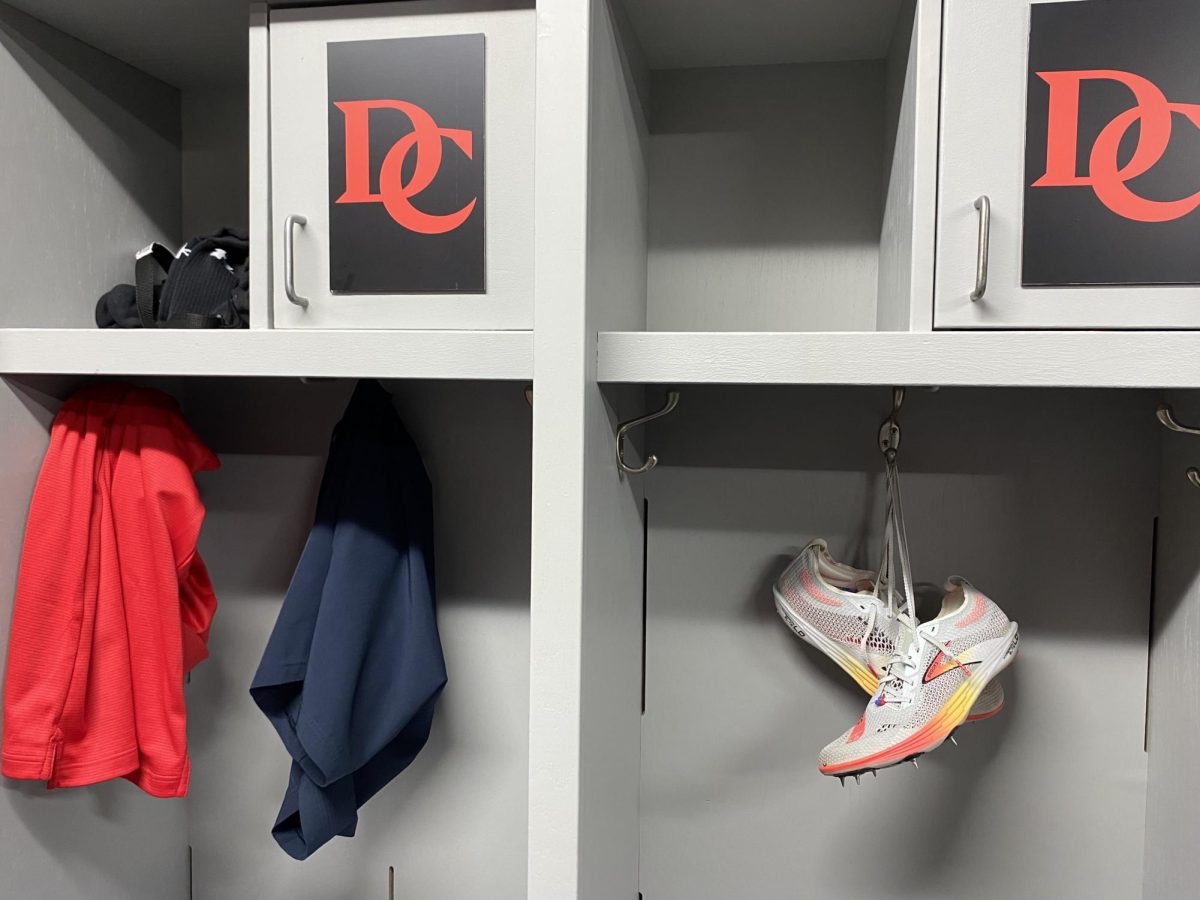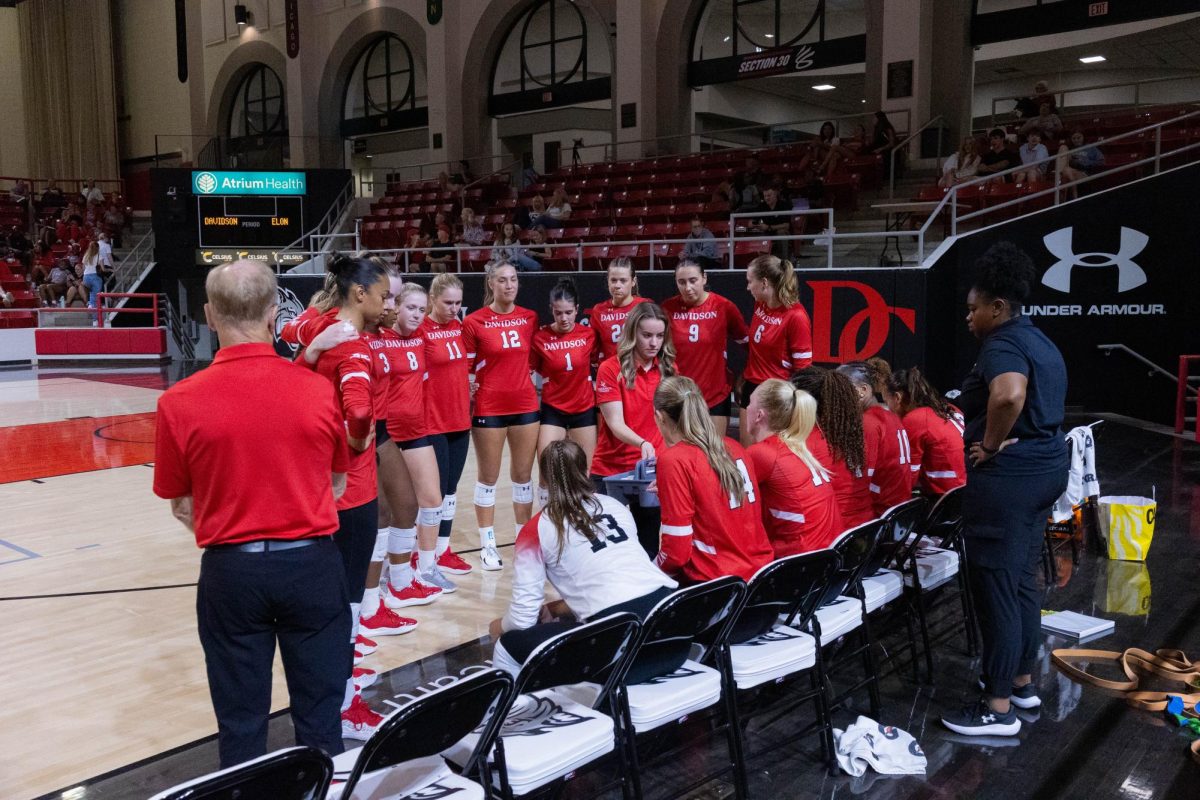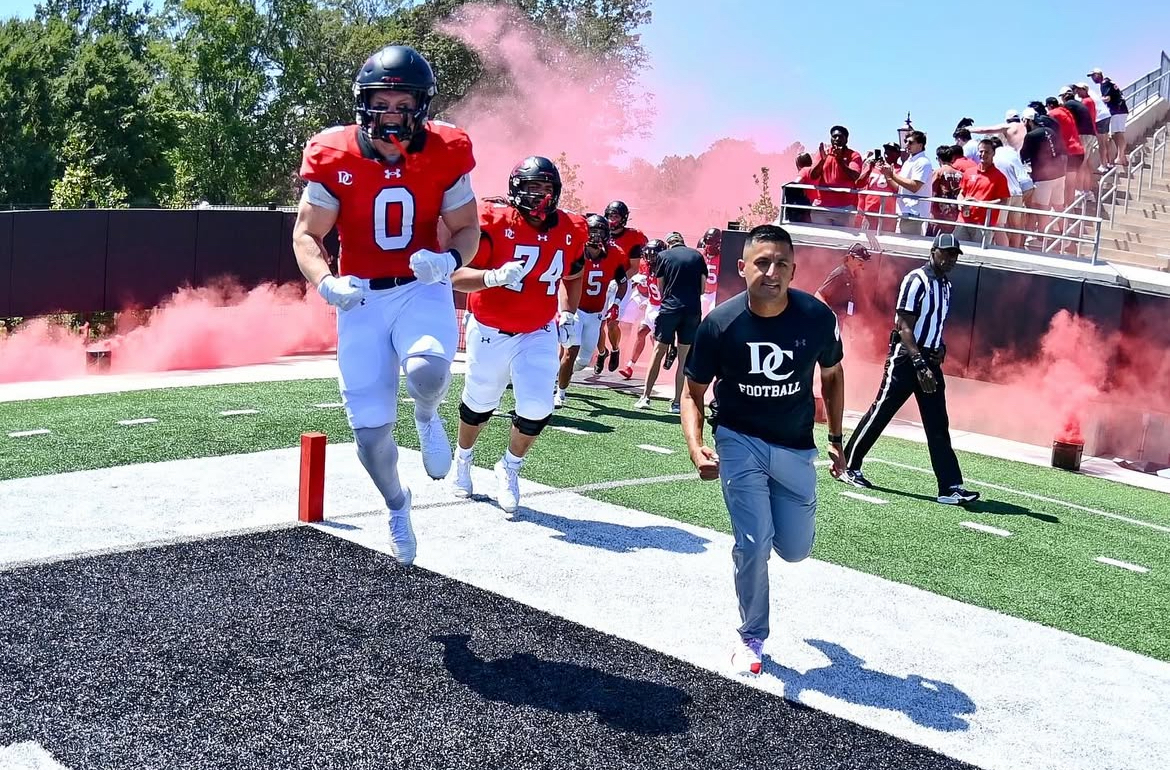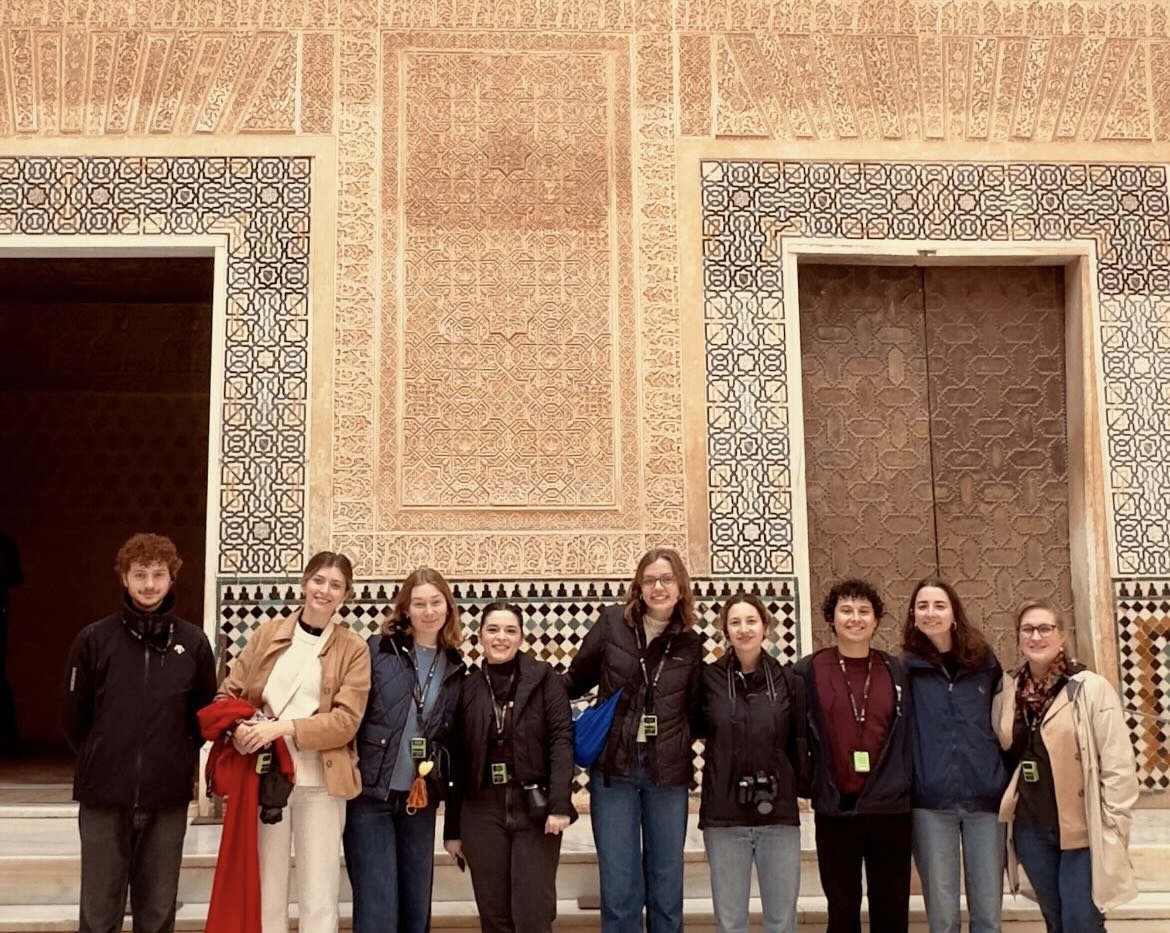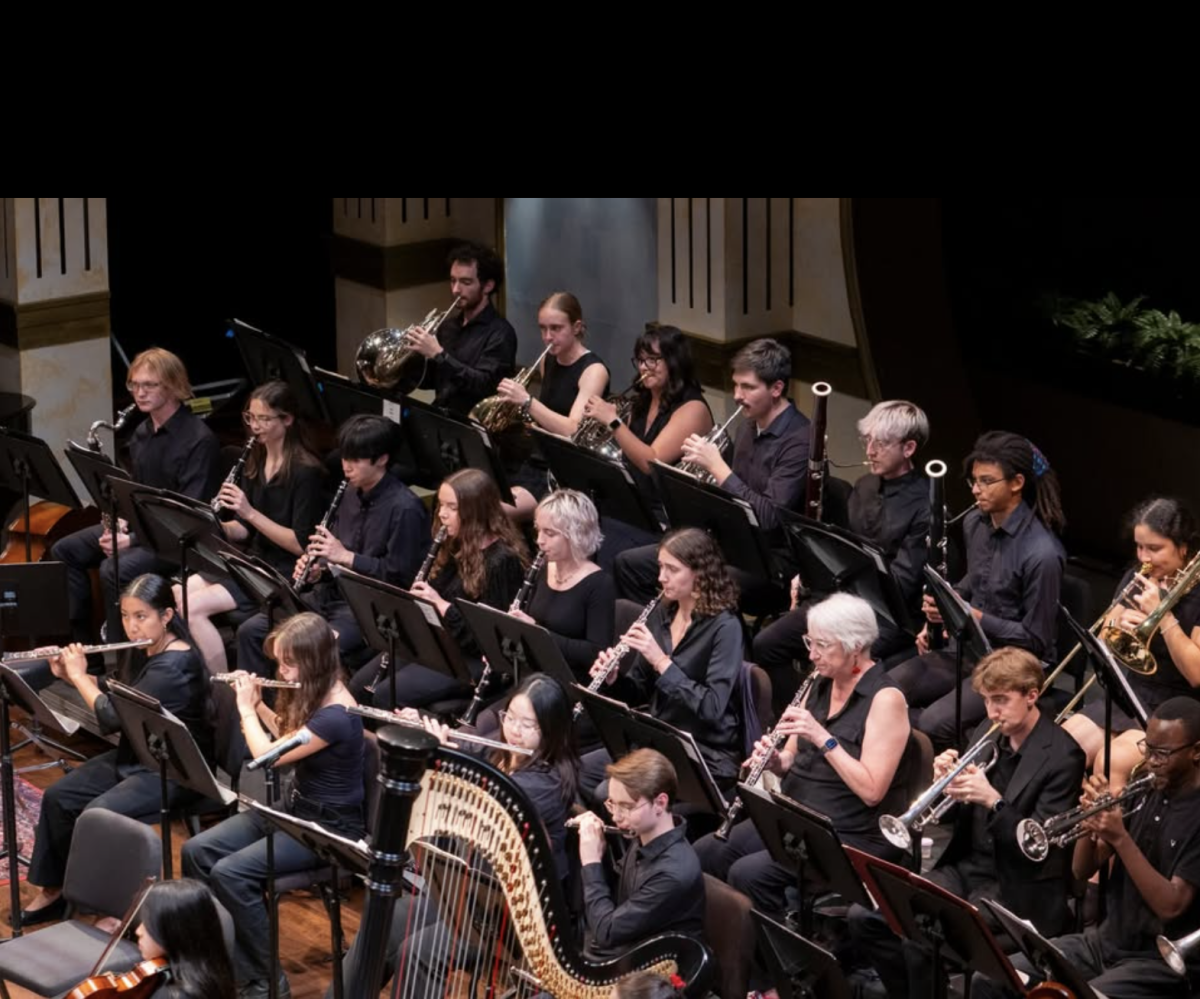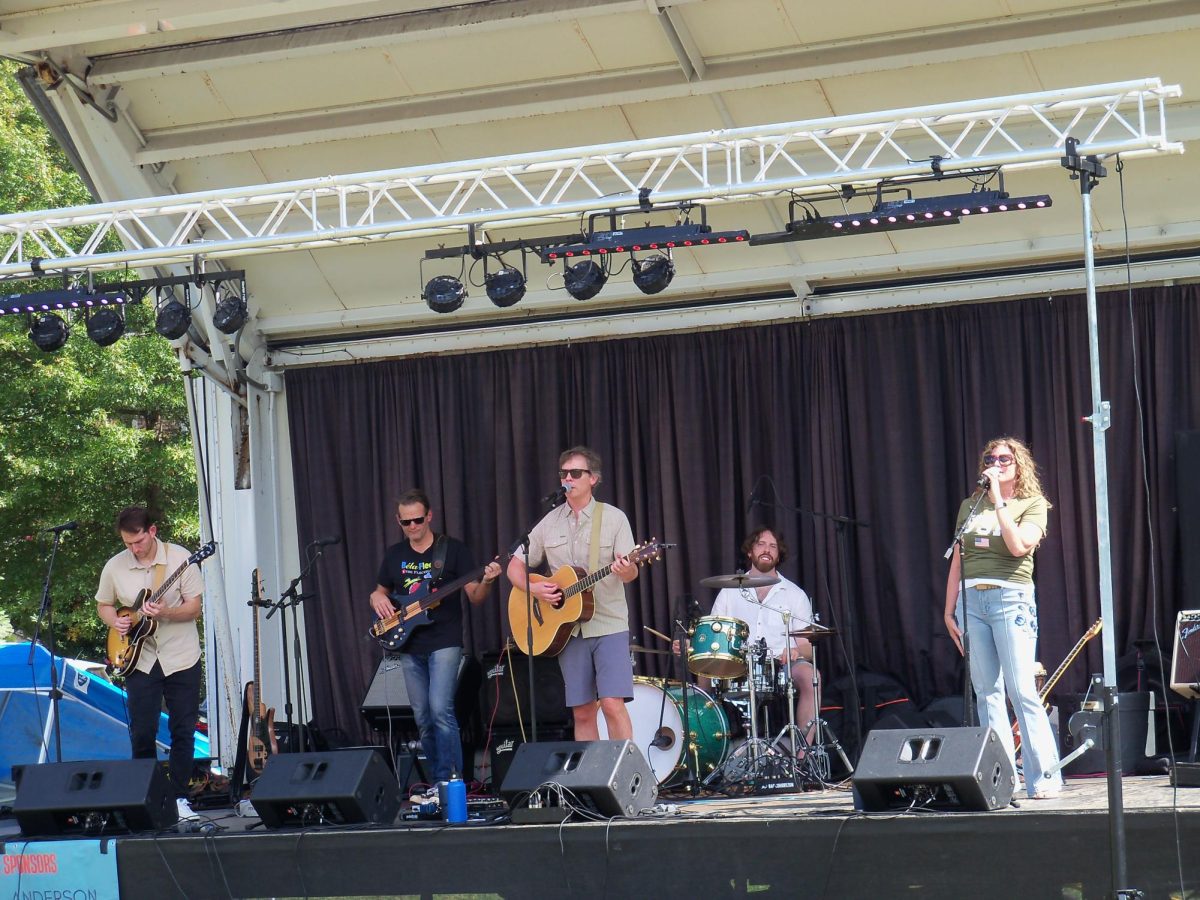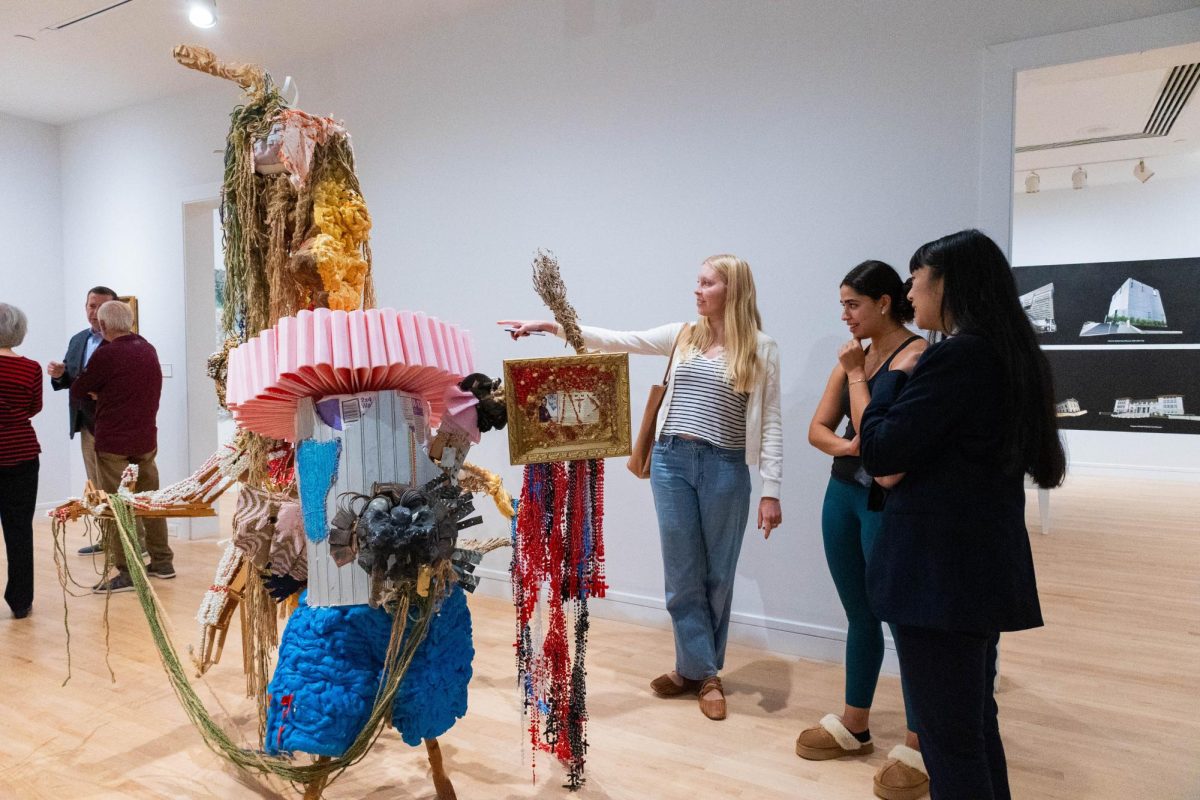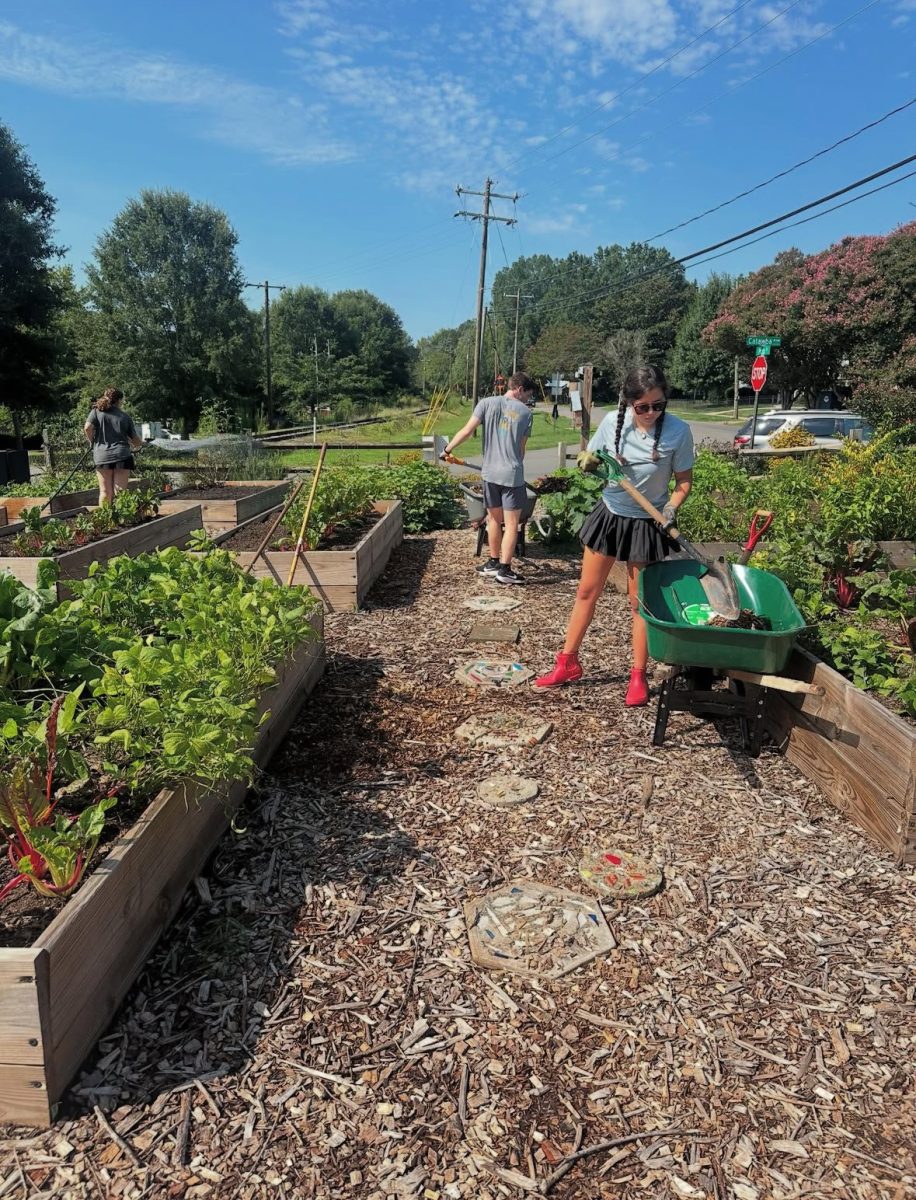On Feb. 11, droves of students, professors and community members alike gathered in the Lilly Family Gallery to attend this year’s Samuel D. Maloney Lecture hosted by the Religious Studies department. The lecture was given by University of Southern California Alton M. Brooks Professor of Religion, American Studies and Ethnicity and East Asian Languages and Cultures, Duncan Ryūken Williams. His best selling book American Sutra: A Story of Faith and Freedom in the Second World War was written over the course of 17 years and served as the basis of his talk.
Maloney lecturers are selected based on their focus upon “social, cultural, or ethical dimensions of religious life,” as expressed on Davidson College’s website. Williams’ lecture, entitled “Sutra and Bible: Faith, Monuments, and the WWII Japanese American Incarceration,” addressed how religion influenced the United States’ incarceration of Japanese American people during World War II (WWII). This topic extended to broader questions about what it truly means to be American and belong to America. “Judging from the turnout, it seems like these issues are really on the forefront of students’ minds,” Associate Professor of Religious Studies Dr. Rachel Pang stated after the event.
Williams opened his conversation by discussing faith. He provided detailed vignettes of how people maintained their religious practices within the camps. One example looked like a discovered collection of stones, now referred to as the Heart Mountain Sutra Stones. “One stone has one kanji or Chinese character written on it […] the word sutra comes from the Buddhist tradition. It means the sacred texts that contain the teachings of the Buddha,” Williams explained. Later, through a process of extensive scholarly research, it was found that Reverend Nichikan Murakita, a Nicheren Buddhist priest who was incarcerated at the Heart Mountain internment camp, aided in the creation of these stones. “It turns out Reverend Murakita was the head of the calligraphy club inside of this camp, and so it’s either him and / or his calligraphy students that probably wrote out this Buddhist text,” Williams said.
Williams also detailed the story of a bible known as the Kitaji Bible that was discovered in a recycling bin at a Salvation Army years after the war had ended. But this was not just any bible—the Kitaji Bible was full of pages overwritten with Japanese translations and news of what was happening in the internment camps.
Notably, all Japanese literature was illegal in the camps. “It doesn’t matter if it’s a book of Japanese Haiku poetry or a Buddhist Sutra, if it’s in Japanese, it’s going to be contraband,” Williams said, emphasizing how Japanese Americans sought ways to circumvent their restrictions and maintain their religiosity.
A mainstay of the lecture was the reality of how the incarceration of Japanese Americans and their Buddhist faith went hand in hand. “I declassified about 14,000 pages from the National Archives, and one of my most surprising findings was that the first people targeted were Buddhist priests,” Williams said. Additionally, Williams took note of the fact that Japanese Christian ministers did not figure into any lists of who to target in the early days of the fallout of the attack on Pearl Harbor in December of 1941. “That difference in religion made a consequence, wherein 100% of the 200-some Buddhist priests living on the island of Hawaii [were incarcerated], only 17% of Christian ministers were picked up.” Religion’s inextricable tie to the ways in which Japanese Americans were discriminated against at this time is not a commonly recognized element of this historical occurrence. “We societally don’t tend to think of religion as the front lines of international relations, especially in times of war and so reframing that was really valuable for me,” attendee Sophia Tsioulcas-Sherman ‘28 noted. She continued to express that she was drawn to this event as she “had a decent amount of background knowledge about Japanese Internment and incarceration,” and learned more about the religious elements of this historical event by attending.
Williams also emphasized the ability for monuments to recognize the past and present simultaneously. He highlighted the Manzanar Cemetery Monument, which was erected in order to honor those who had died due to the harsh living conditions at the Manzanar Concentration Camp in California, where more than 120,000 Japanese Americans were incarcerated from 1942-1945. These continual, communal losses led Reverend Shinjō Nagatomi, lead Buddhist Minister at Manzanar, to collect money from around the barracks in order to fund the creation of a monument dedicated to those who had passed away there. “In his [Rev. Shinjō Nagatomi] diary, he says the purpose of doing ritual and ceremony in our religious tradition is not only to console the spirits of the dead and ancestors of those who’ve gone before us, but to console the spirits of those who left behind,” Williams explained.
Memorializing those impacted by Japanese American incarceration in WWII is an ongoing process that continues to this day. In 2022, Williams, alongside the USC Shinso Ito Center for Japanese Religions and Culture, created a memorial known as Irei. This memorial, whose centerpiece is known as Ireichō (i.e the book itself is the monument), assembled all 125,000 names of every Japanese-American individual affected and incarcerated during WWII.
Attendee Rajeev Kirshnamurthy ‘28 left the talk with a sense of the importance of memorialization within the generationally traumatic experience of Japanese American incarceration. “I found it super fascinating how people drew upon religious teachings and their own conceptions of Buddhism, taking the time to do their own rituals and practices in order to commemorate the experience and memorialize those who had passed,” Kirshnamurthy said after the discussion.
This notion of memorialization is relevant amongst the Davidson community with the imminent construction of a memorial to honor the enslaved people who aided in the construction of the College. Chair and Associate Professor of Religious Studies Dr. Syed Rizwan Zamir emphasized that just as Williams expressed that the storytelling of the wrongs of American history is insufficient, the act of finding peace and reparation in healing in cases of historical wrongdoing is essential. Zamir suggested that monuments act as a part of this healing process. “This monument that we are going to have right outside my office is a different way of approaching what to do with bitter, horrible, traumatic, painful memories and acts that are […] worth reflecting upon,” he stated.
In the final note of his presentation, Williams focused on how the United States as a collective should come together to reconcile with the atrocities of its past. He first brought up Kintsugi, the Japanese practice of repairing broken pottery by molding it back together with gold. In the same way that the cracks of these broken vessels are highlighted, Williams suggested that true reparation exists in acknowledgement of the past. “Remembering it, recalling it, even adorning it, is a practice that allows us to become a whole again,” he concluded.

